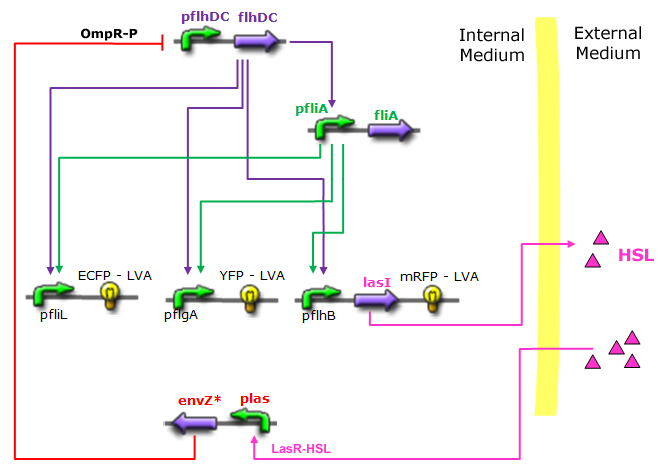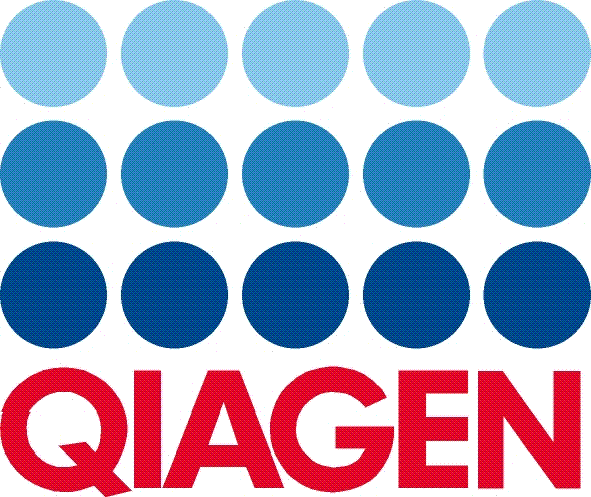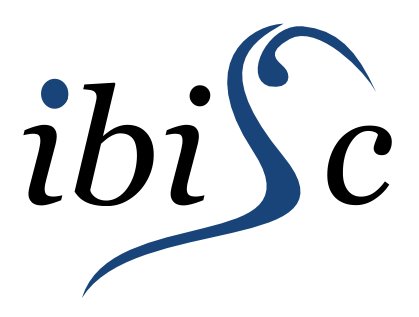The BacteriO'Clock
Have you ever dreamed of a new way of thinking everyday life objects? Be sure, this will come true, under the form of our BacteriO'Clock ! A simple test tube which contains our modified bacteria will give you the time, directly from living organisms. The hours of the day are color-coded and oscillations ensure the repeated periodic behavior. Inspired by the flagellar motor machine, our clock serves as a chassis to be used in building the future molecular modular machines in an optimized and coordinated manner. It may serve as well to control in an optimized fashion multi-reaction pathways.
To achieve this incredible project, we relied on a well characterized genetic structure that allows a specific sequence of fluorescent proteins expression to occur in a First In - First Out order. This FIFO behavior enables us to define a rich color encoding of day time. An additional negative feedback loop generates clock oscillations!
Based on in-depth studies and experimentally measured parameters we developed predictive models that suggest that this core system is not likely to demonstrate stable oscillations due to damping phenomenon leading to a stationary steady-state. Importantly, our modeling approach provided us with alternative improved designs that should lead in principle to an optimized BacteriO'Clock. In particular, this is achieved through synchronization at the population level by adopting a quorum sensing feedback mediated by HSL production that enforces a necessary delay and provides an elegant cellular synchronization mechanism :

Simple visualization of our color coded BacteriO'Clock
In a nutshell, the new trendy item which will make every biologist in your lab jealous will soon be available. Through a long-cloning period, we now have all biobricks needed and much of the final constructions. Furthermore, we initiated an extensive characterization plan of these parts. If you manage to wait for the updates, you might even get the version that automatically reacts to daylight saving time ;)
Freezer || Notebook

We are extremely grateful to the organizations that support our project

Bettencourt-Schueller Foundation
[http://www.fondationbs.org/ www.fondationbs.org]
| 
Centre de Recherches Interdisciplinaires
[http://www.cri-paris.org/fr/cri/ www.cri-paris.org/fr/cri/]
| 
Paris Centre universités
[http://www.pariscentreuniversites.fr/ www.pariscentreuniversites.fr]
|

Embassy of France in the United States
[http://www.ambafrance-us.org/ www.ambafrance-us.org]
| 
Faculté de Médecine Université Paris Descartes
[http://www.medecine.univ-paris5.fr/ www.medecine.univ-paris5.fr]
| 
Qiagen
[http://www.qiagen.com/ www.qiagen.com/]
|

Ibisc Laboratory
[http://www.ibisc.univ-evry.fr/ www.ibisc.univ-evry.fr]
| 
GdR BiM
[http://www.gdr-bim.u-psud.fr/ www.gdr-bim.u-psud.fr]
| 
INRIA
[http://www.inria.fr/ www.inria.fr]
|


 "
"








